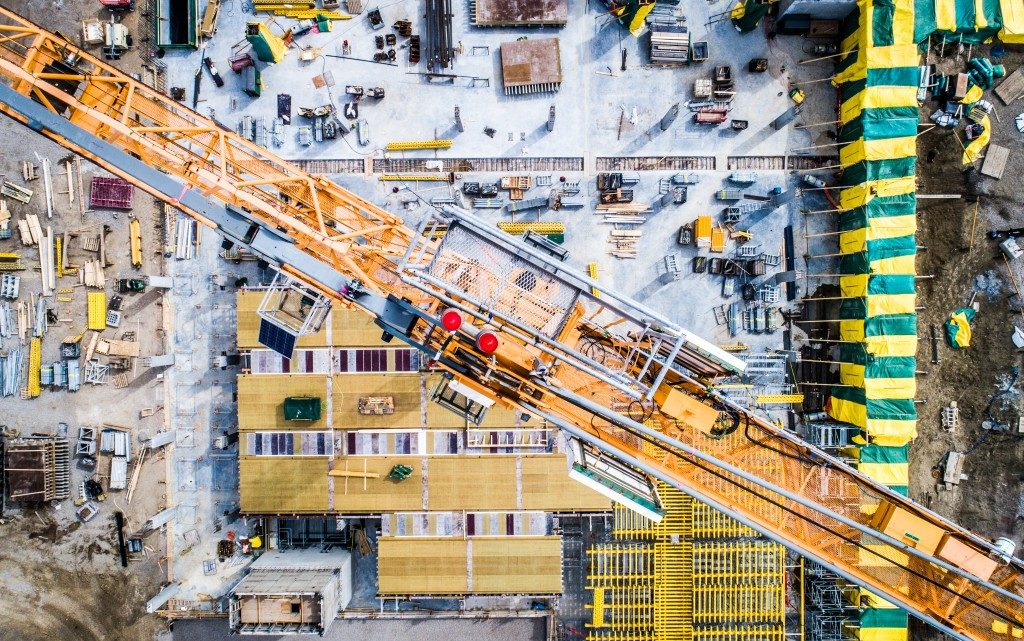From ferrying workers to the top of skyscrapers to allowing people with disability access higher office spaces, lifts have rapidly evolved from a luxury to a necessity. However, have you ever wondered what would happen if you got stuck in a lift or the cables snapped and the whole thing went down? While such occurrences are mostly portrayed in movies, they do happen in reality, albeit rarely. In the few instances that they do, the occupants will often sustain grave injuries such as herniated disc, abdominal hernias, strains, and sprains. Victims of such incidences are eligible to file for compensation against the liable party under the following claims:
Emotional Distress
Among the many fears that people harbour about lifts is getting stuck inside. While this doesn’t necessarily mean that you’ll get injured, you might undergo physical and emotional trauma, which fall under the category of personal injury. This is particularly true for people with anxiety disorders, the elderly, and those with claustrophobia. Getting stuck in a lift often causes distress, and victims are eligible to file for compensation in the UK. In such cases, the plaintiff is considered a victim of someone else’s negligence. Parties that can be held blameworthy include the maintenance company, the owner of the building, and the lift’s manufacturing company.
Free Fall Injuries
Lifts are supposed to move and stop smoothly. However, improperly maintained and poorly timed lifts, not to mention those whose components such as the hydraulic system are faulty, plummet down the storeys rapidly, otherwise known as a free fall. Thanks to its safety mechanism, the lift is bound to stop eventually. However, sometimes this doesn’t happen smoothly. With problems in its system, the lift may suddenly break and jerk into an abrupt stop, which causes the passengers to slam against the floor and onto each other. This may lead to injuries in the cervical spine, ankles, knees, and development of wounds that are consistent with falling. If you are involved in such an accident, you may contact a solicitor dealing with personal injury claims in Lincolnshire for invaluable insight on how to get adequate compensation.
Injuries from Door Strikes
Other lift accidents occur when a closing door strikes someone. This unfortunate incident also happens in the hallways and car doors that are fitted with a sliding mechanism. In most cases, when the closing apparatus, which includes the safety edges, detector, and electric system, is improperly installed, the door closes unexpectedly without warning. Accidents also happen when the closing force and speed are not correctly adjusted or when the door protection device doesn’t react quickly enough to prevent contact with passengers. This accident may lead to injuries in the arms, legs, feet, or head.
Falls into the Shaft

This accident often results in severe injuries such as amputation or even death. The primary causes of this fall include defective electro-mechanical door interlocks or reckless exit from a stalled lift that is about three feet above the landing. This accident also occurs when untrained personnel forcefully open the shaft doors. In the scenario where the accident is attributable to neglected maintenance or workers negligence, the victim or their family may apply for compensation for their loss and suffering. In the event that the victim is responsible for the accident, they’re less likely to receive compensation.
Lifts are extremely vital components in people’s daily life. In many buildings, shopping malls, and apartment complexes, lifts are a must have equipment as people need to move from upper to lower floors quickly and efficiently. Unfortunately, lift accidents are quite common, and they could lead to minor and severe injuries or even death. Depending on the circumstances, victims of lift accidents may be eligible to file for compensation from the liable parties.

